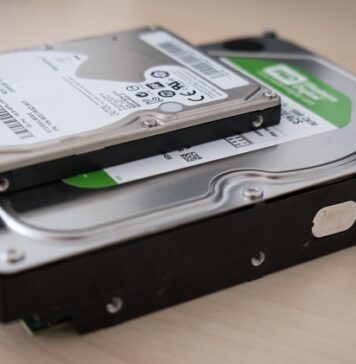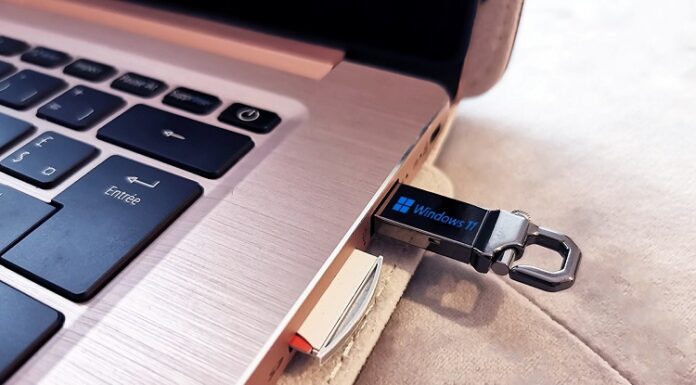Windows Drivers is one of the most important things required by your Windows OS in order to trigger several features and the functionality associated with some of your built-in laptop/PC hardware components. Thus it becomes necessary to backup installed drivers for using them again the next time.
So every time when you update/install your PC with a new version of Windows, you need to re-install all the drivers. Sometimes you can get these drivers offered by your PC manufacturers in hard disks. However, in case your laptop does not have the hard disk support, it becomes a task to install the drivers. Initially, you can’t even download them online without installing the Wi-Fi drivers and you may find yourself in a fix.
Windows 10 lets you take the back-up of all the installed drivers using a built-in tool of the OS. This feature can come to your rescue and help you to quick fetch out the driver data every time you re-install the drivers.
Today, we will have a look at using the DISM tool for managing the currently installed drivers and how to backup installed drivers by exporting them to a folder. Once that you re-install the Windows 10 OS, you can again install all its drivers directly from this folder.
Step 1: Open the Command Prompt Window with Admin rights. For this press Windows + X keys on your keyboard. Click on “Command Prompt (Admin).”
Step 2: In the administrative Command Prompt, type the following command:
dism /online /export-driver /destination:D:\MyDrivers
Step 3:
Here in the above command, you can replace D: \My Drivers by the location of the folder where you want to backup installed drivers. This could be anything from a USB flash drive/ an external drive or a separate partition of your disk drive.
Step 4: The online /export-driver command will tell DISM to check for the drivers in “C:\Windows\System32\DriverStore” folder on the currently running OS.
Step 5: Once started, DISM will create an output like this:
![How To Backup Installed Drivers In Windows 10 [Quick View] Windows-10-backup-installed-drivers-with-dism-600x314](https://techregar.com/wp-content/uploads/2017/02/Windows-10-backup-installed-drivers-with-dism-600x314-1.png)
Step 6: You have now successfully backup installed drivers with the built-in DISM tool.
Step 7: Not that you have re-installed the windows 10 again, you can restore all of these drivers using the command:
Dism /online /Add-Driver /Driver:D:\MyDrivers /Recurse
Step 8:
Using the free tool “DriverStore Explorer [RAPR.exe]”, you can check for all the installed drivers on existing Windows. Here you can check the list of all the installed drivers over a friendly interface.
![How To Backup Installed Drivers In Windows 10 [Quick View] rapr-600x382](https://techregar.com/wp-content/uploads/2017/02/rapr-600x382-1.png)
Step 9: Once the Windows 10 is completely re-installed, you can add drivers back to the OS driver using DISM/Add-Switch driver or this tool. However, note that this tool requires .NET framework 3.5.
This method is successful with .inf drivers. Others drivers with package type such as .exe or Windows Installer (MSI) are not supported.




























